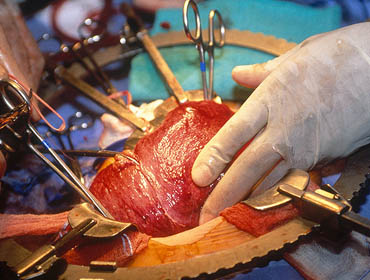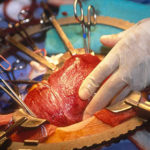Liver Transplant Specialist India
Description
Liver transplantation is the replacement of a diseased liver with a healthy liver allograft, in which the native liver is removed and replaced by the donor organ in the same anatomic location as the original liver.
Liver Transplant is often recommended as an option when other modes of treatment are not successful. The purpose is to replace your diseased liver with a healthy liver. Ideally, after a transplant the patient will be free from disease, and lead a fairly normal life as long as the transplant functions.
Liver transplantation nowadays is a well-accepted treatment option for end-stage liver disease and acute liver failure. Typically three surgeons and one anesthesiologist are involved, with up to four supporting nurses. The surgical procedure is very demanding and ranges from 4 to 18 hours depending on outcome. Numerous anastomoses and sutures, and many disconnections and reconnections of abdominal and hepatic tissue, must be made for the transplant to succeed, requiring an eligible recipient and a well-calibrated liver or cadaveric donor match.
There are three options for liver transplantation:
- Cadaver donor transplantation.
- Living donor transplantation
- Auxiliary transplantation.
Cadaver donor: The donor liver is obtained from a person who is diagnosed as brain dead, whose family volunteers to donate the organ for transplantation. People who receive cadaver donors wait on the institutional / regional list until a suitable donor becomes available. The waiting times vary.
Living donor: A healthy family member, usually a parent, sibling, or child, or someone emotionally close to you, such as a spouse, volunteers to donate part of their liver for transplantation. The donor is carefully evaluated by the team to ensure that no harm comes to the donor or recipient.
Auxiliary transplantation: Part of the liver of a healthy adult donor (living or cadaver) is transplanted into the recipient. The patient’s diseased liver remains intact until the auxiliary piece regenerates and assumes function. The diseased liver may then be removed. This technique is rarely used now.

